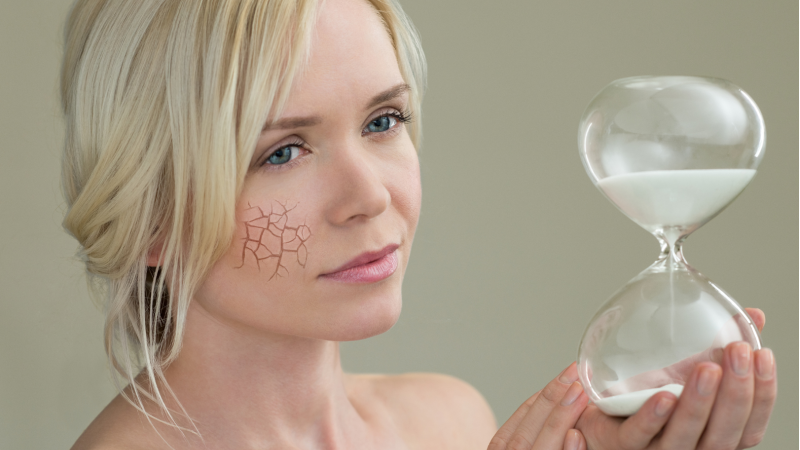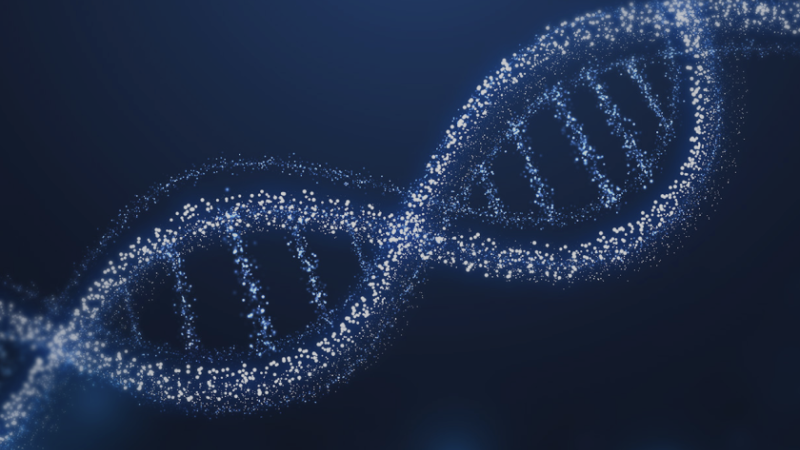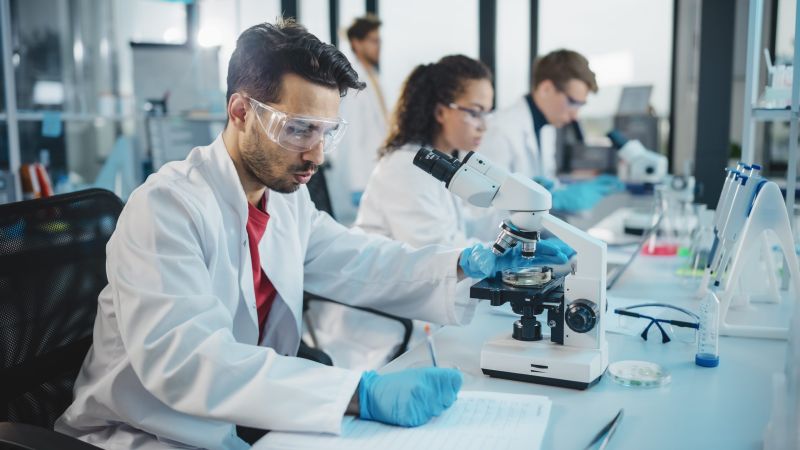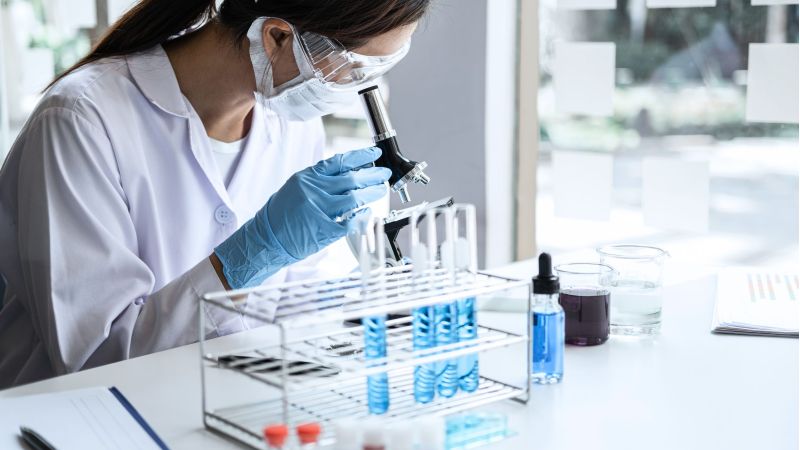
Understanding the Science of Reversing Biological Age: A Comprehensive Guide
“If we reverse aging, these diseases should not happen. We have the technology today to be able to go into your hundreds without worrying about getting cancer in your 70s, heart disease in your 80s, and Alzheimer’s in your 90s.”
Dr. David Sinclair, Biologist/Department of Genetics
This comprehensive guide will deepen your understanding of the science behind reversing biological age. This article will explore the concept of biological age and its distinction from chronological age. It will also delve into the science behind aging, theories of biological age reversal, techniques for reversing biological age, and the future of age reversal science. Examining each topic in detail will shed light on this fascinating field of research and provide valuable insights for those interested in reversing the effects of aging.
The Concept of Biological Age
Understanding the concept of biological age is crucial in comprehending the science of reversing it. Biological age refers to the state of an individual’s health and physiological functions, which may differ from their chronological age. Various factors influence it, including genetics, lifestyle, and environmental factors.
Biological age is a fascinating concept that delves into the intricacies of human aging. It goes beyond simply counting the number of years a person has been alive and delves into the profound impact of various factors on their overall health and well-being.
Defining Biological Age
Biological age is determined by assessing markers such as telomere length, epigenetic changes, and biomarkers associated with age-related diseases. These markers provide insights into an individual’s overall health and can be used to estimate their biological age.
For instance, telomeres, which are protective caps at the ends of chromosomes, play a crucial role in cellular aging. As cells divide, telomeres gradually shorten, and their length can serve as an indicator of biological age. Epigenetic changes, on the other hand, refer to modifications in gene expression that occur over time and can influence the aging process.
By analyzing these markers and other relevant factors, scientists can gain a deeper understanding of an individual’s biological age and the potential impact it may have on their health and longevity.
The Difference Between Biological and Chronological Age
Chronological age simply refers to the number of years an individual has been alive. It is a straightforward measure that most people are familiar with. However, biological age offers a more nuanced perspective on aging.
Biological age takes into account factors such as cellular health, organ function, and overall well-being. It considers the wear and tear that your body has experienced over time and the impact it has on your physiological functions. An individual can have a biological age that is either younger or older than their chronological age.
For example, a person who leads a healthy lifestyle exercises regularly, and maintains a balanced diet may have a biological age younger than their chronological age. On the other hand, someone who engages in unhealthy habits, such as smoking or excessive alcohol consumption, may have a biological age that is older than their chronological age.
Understanding the difference between biological and chronological age is essential in anti-aging research. By identifying the factors that contribute to accelerated aging, scientists can develop interventions and strategies to slow down or reverse the aging process, ultimately improving the quality of life for individuals.
In conclusion, biological age provides a comprehensive understanding of an individual’s health and physiological functions, going beyond the simple measure of chronological age. By delving into the intricacies of aging, scientists can gain valuable insights into the factors that influence the aging process and develop innovative approaches to promote healthy aging.
The Science Behind Aging
Understanding the underlying mechanisms of aging are essential in developing strategies to reverse biological age. Aging is a complex process influenced by various factors, including genetics, lifestyle, and environmental factors. In addition to these factors, two key elements play a crucial role in the science of aging: telomeres and oxidative stress.
The Role of Telomeres in Aging
Telomeres, often compared to the plastic tips at the ends of shoelaces, are repetitive DNA sequences and proteins that protect the ends of chromosomes. They act as a safeguard, preventing the loss of vital genetic information during cell division. However, with each cell division, telomeres naturally shorten. When telomeres become critically short, cells enter a state called senescence or undergo programmed cell death, known as apoptosis.
Research has shown that telomere attrition1 is associated with aging and age-related diseases. As telomeres shorten over time, cells lose their ability to divide and function properly. This cellular senescence contributes to the overall aging process and the development of age-related conditions.
Scientists are actively exploring strategies to maintain or lengthen telomeres as a potential method for reversing biological age. Telomerase, an enzyme that can extend telomeres, has garnered significant attention in the field of aging research. By activating telomerase, researchers aim to delay or reverse the shortening of telomeres, potentially rejuvenating cells and slowing down the aging process.
The Impact of Oxidative Stress on Aging
Oxidative stress, a term often associated with aging, occurs when there is an imbalance between the production of reactive oxygen species (ROS) and the body’s antioxidant defenses. ROS are highly reactive molecules that can cause damage to various cellular components, including DNA, proteins, and lipids.
Over time, the accumulation of oxidative damage can lead to cellular dysfunction and contribute to the aging process. Oxidative stress has been implicated in various age-related diseases, such as cardiovascular disease, neurodegenerative disorders, and cancer.
Fortunately, the body has a defense system against oxidative stress in the form of antioxidants. Antioxidants neutralize ROS and protect cells from their damaging effects. Antioxidant interventions,2 such as a diet rich in fruits and vegetables or the use of antioxidant supplements, can help reduce oxidative stress and potentially reverse biological age.
Furthermore, researchers are exploring innovative approaches to combat oxidative stress, including the development of novel antioxidant compounds and therapies. These advancements aim to enhance the body’s antioxidant defenses and mitigate the detrimental effects of oxidative stress on aging.
In conclusion, understanding the science behind aging involves delving into the intricate mechanisms of telomeres and oxidative stress. By unraveling these processes, scientists strive to develop interventions that can reverse biological age and promote healthy aging. Continued research in this field holds promise for a future where aging is not only understood but also effectively managed.
Theories of Biological Age Reversal
Scientists have proposed various theories to explain the reversal of biological age. Two prominent theories are the Epigenetic Clock Theory and the Senescence Theory.
Age reversal has long been a subject of fascination and scientific inquiry. The quest to turn back the clock and restore youthfulness has captured the imagination of researchers and the general public alike. In recent years, significant progress has been made in understanding the mechanisms underlying the aging process, leading to the development of several intriguing theories.
The Epigenetic Clock Theory
The Epigenetic Clock Theory suggests that changes in DNA methylation patterns across the genome correlate with age. DNA methylation, a chemical modification of DNA, plays a crucial role in gene regulation and can be influenced by various environmental factors. With aging, these patterns become altered, leading to changes in gene expression and ultimately contributing to the aging process.
Researchers have discovered that certain genome regions undergo predictable changes in DNA methylation with age. These changes can be used to create an “epigenetic clock” that accurately estimates a person’s biological age. The exciting prospect is that by reprogramming these patterns, it may be possible to reverse the aging process at a molecular level.
Epigenetic interventions hold promise for biological age reversal. Scientists are exploring various strategies, such as the use of small molecules or gene therapies, to modify DNA methylation patterns and rejuvenate cells. However, more research is needed to understand the long-term effects of these interventions and ensure their safety and effectiveness.
The Senescence Theory
The Senescence Theory proposes that senescent cells, which have lost their ability to divide, accumulate in tissues and contribute to aging. Senescence is a state of irreversible cell cycle arrest that can be triggered by various factors, including DNA damage and stress. These senescent cells secrete harmful molecules and inflammatory factors, creating a toxic environment that promotes tissue dysfunction and age-related diseases.
Targeting and eliminating these senescent cells could potentially rejuvenate tissues and reverse biological age. This approach, known as senolytic therapy, aims to selectively eliminate senescent cells while sparing healthy ones. Preliminary studies in animal models have shown promising results, with senolytic treatments leading to improved health and increased lifespan.
However, further studies are required to evaluate the safety and effectiveness of senolytic therapies in humans. Researchers need to determine the optimal timing, dosage, and delivery methods to maximize the benefits while minimizing potential side effects. Additionally, the complex interplay between senescent cells and the surrounding tissue microenvironment needs to be fully understood to develop targeted interventions.
In conclusion, the Epigenetic Clock Theory and the Senescence Theory offer intriguing insights into the mechanisms of biological age reversal. While both theories hold promise, more research is needed to fully understand their intricacies and translate them into effective anti-aging interventions. The quest to unlock the secrets of aging continues, fueled by the hope of a future where age is no longer a barrier to a vibrant and healthy life.
Techniques for Reversing Biological Age
Achieving age reversal requires an understanding of the techniques and interventions available. Nutrition, physical activity, and sleep are key areas to focus on.
Nutritional Interventions
A healthy and balanced diet plays a crucial role in reversing biological age. Consuming a variety of nutrient-rich foods, such as fruits, vegetables, whole grains, and lean proteins, can provide essential vitamins, minerals, and antioxidants that support cellular health and combat oxidative stress.
Physical Activity and Biological Age
Regular physical activity has been shown to have numerous benefits in reversing biological age. Exercise improves cardiovascular health, enhances cellular function, and promotes the production of growth factors that help maintain muscle mass and bone density. Engaging in a combination of aerobic exercise, strength training, and flexibility exercises can contribute to age reversal.
The Role of Sleep in Biological Age
Adequate sleep is vital for cellular repair and regeneration. During sleep, the body undergoes important physiological processes that contribute to overall health, including DNA repair, hormone regulation, and immune system function. Prioritizing quality sleep by practicing good sleep hygiene can support age reversal efforts.
The Future of Age Reversal Science
Ongoing research in age reversal science holds promise for advancements in the field. Exciting developments are being made, and scientists are exploring various approaches.
Promising Research in Age Reversal
Scientists are investigating innovative techniques such as gene therapy, stem cell therapies, and regenerative medicine to reverse biological age. These cutting-edge strategies show potential in rejuvenating cells, tissues, and organs, offering new possibilities for age reversal in the future.
Ethical Considerations in Age Reversal
As the field of age reversal science advances, important ethical considerations arise. Questions regarding access to treatments, potential side effects, and societal implications need to be carefully addressed to ensure responsible and equitable implementation of age reversal interventions.
Conclusion
In conclusion, understanding the science of reversing biological age is a complex but endlessly fascinating endeavor. The concept of biological age, the mechanisms of aging, and the theories and techniques for age reversal provide important insights into this field of research. By staying informed about the latest advancements and taking proactive steps towards a healthy lifestyle, individuals can explore the potential of reversing their biological age and promoting a healthier and more vibrant future. Extend your healthspan with NAD Optimization® Supplements. NAD can improve sleep quality, reduce inflammation, boost energy, and improve mental clarity.
Lastly, if you’re interested in going deeper on health-related content, here are a few of our recent posts that you may want to read:
- Andrew Huberman is Wrong About NAD & Longevity
- 9 Powerful Benefits of Optimizing Your NAD
- What Does Peak Performance Look Like?
- Why Optimized, Precision Medicine is the Future
Referenced Sources:
Read More














